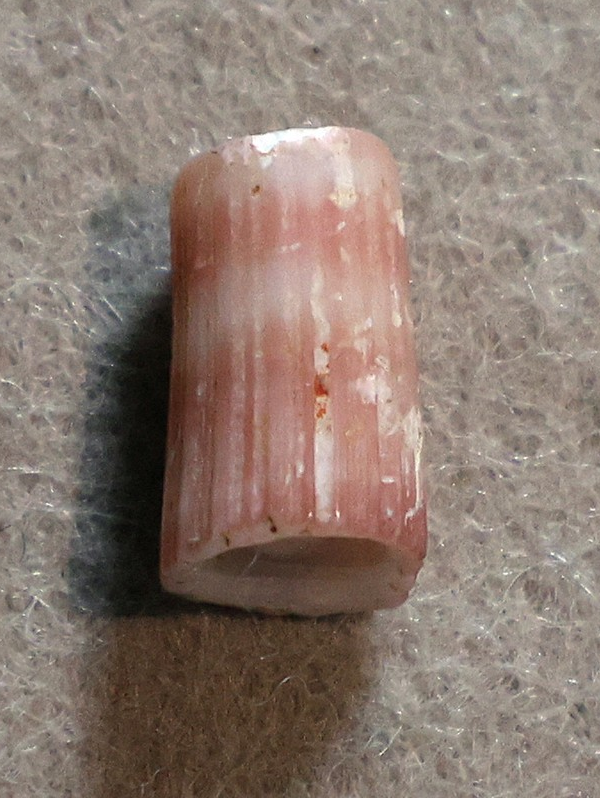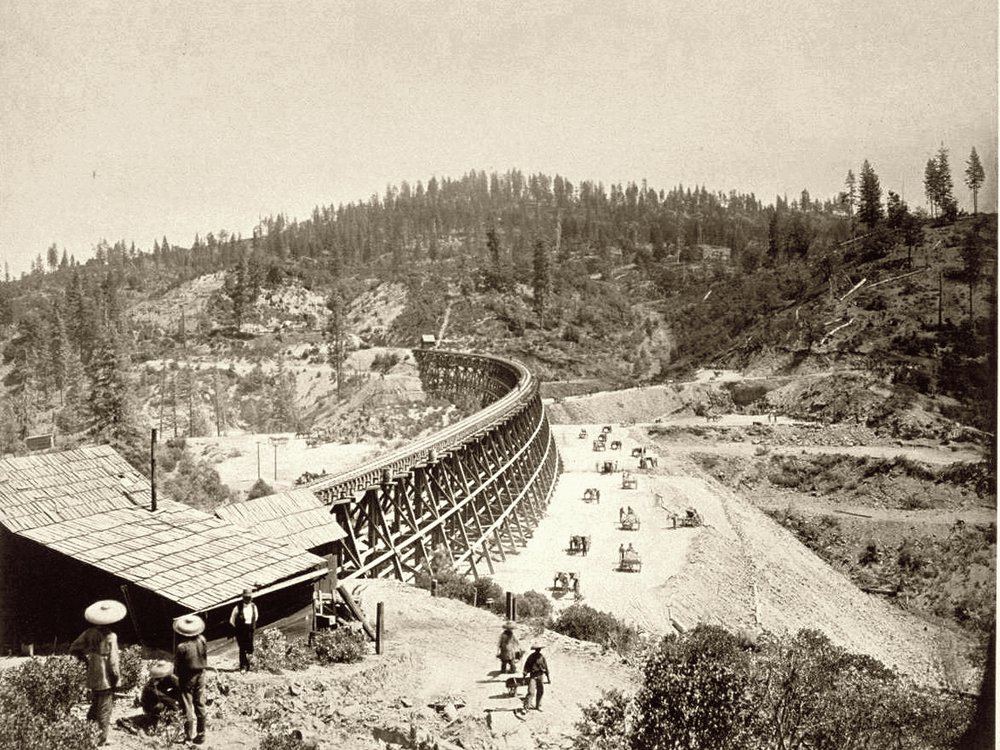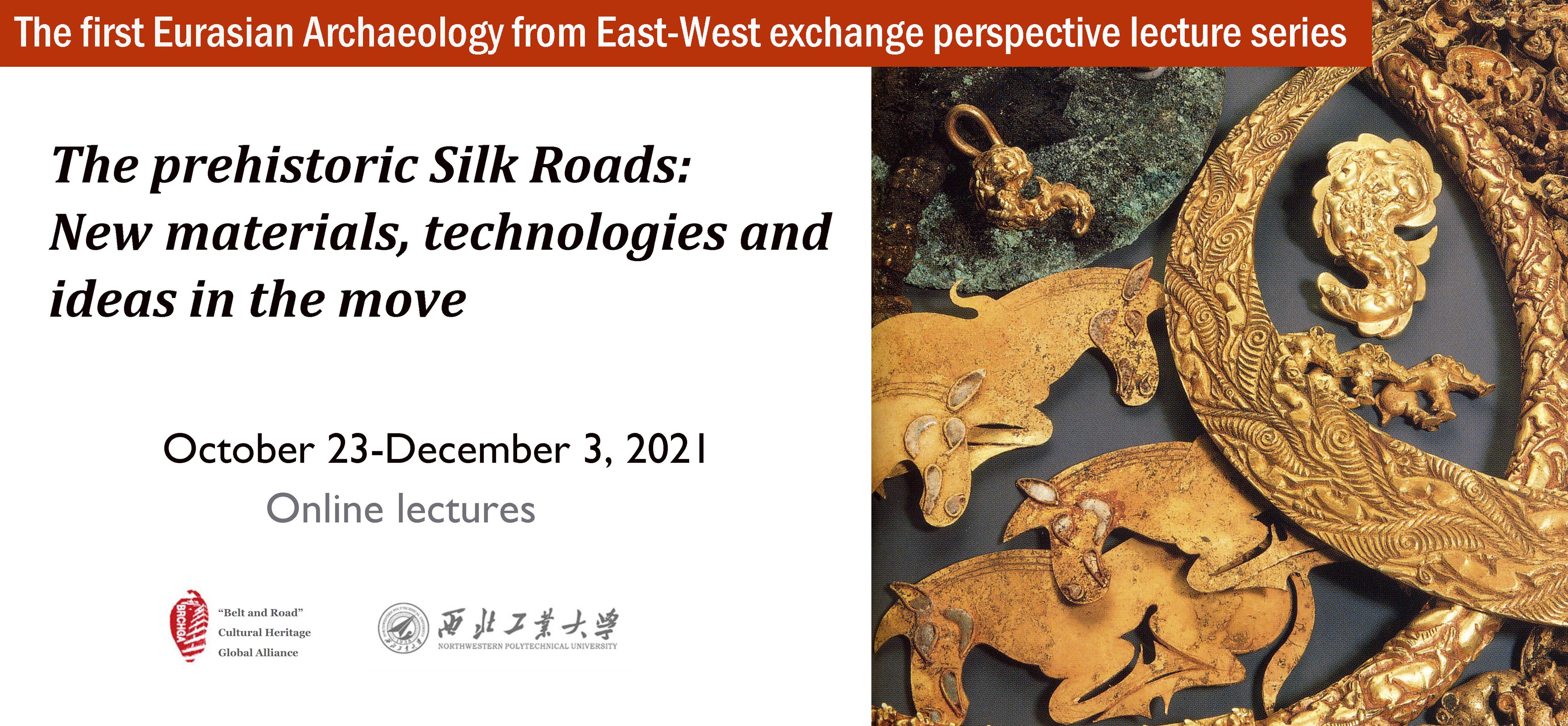The Archaeological Centre at the University of Toronto will be hosting a talk titled "In a Nutshell: Examining the Oversimplification of Jomon Period Ground Stone through Starch Grain Analysis in Southern Hokkaido Japan" by Dr Emma Yasui via Zoom on Friday, November 5, 2021, at 3:00 PM EST. Those interested in attending can register via the following link: Meeting Registration - Zoom
SEAA News Blog
New fieldwork or research discoveries? Upcoming conference or workshop? New job opening or fellowship posting? New book?
Share the latest news of your work with your colleagues, advertise for job or fellowship openings, find participants for your conference session and more on the SEAA blog.
Guidelines: All posts should be related in some way to East Asian Archaeology. When writing your post, please use capital letters for surnames. Original script (Chinese, Korean, Japanese) for East Asian place names, personal names, or archaeological terms is encouraged. For the transcription of East Asian language terms, Pinyin for Chinese, Hepburn for Japanese, and the Korean Government System (2000) for Korean is encouraged.
Contributions should be limited to around 500 words and 1-2 images. For longer descriptions of your projects, you may consider the Reports section of the Bulletin (BSEAA).
Members can submit their news posts to the SEAA web editor via the website (see SEAA Members' Area for details and instructions on blog submissions) or via email. Non-member contributions are also welcome and may be submitted via email to the SEAA web editor.
The editor(s) reserves the right to carry out minor editing, or to decline contributions inappropriate to the objectives of SEAA.
Archaeologists in Utah have unearthed artifacts from a long-abandoned town once populated by Chinese workers who helped build the first transcontinental railroad in the mid-19th century.
The newest issue of the Bulletin of the Museum of Far Eastern Antiquities (BMFEA) in Stockholm is a special edition for the 100th anniversary of the discovery of the Yangshao Culture by Johan Gunnar Andersson. For this special event, we have created a booklet of abstracts in both English and Chinese.
University of Toronto
The 2nd edition of Archaeology of East Asia: The Rise of Civilization in China, Korea and Japan is now available in paperback format at Blackwell's for half price for a limited time.
The National Geographic Society has recently announced they are opening applications to the Meridian Projects and National Geographic Society Grants Program. Please find more details here: https://www.nationalgeographic.org/funding-opportunities/grants/
Meridian Projects
The Society for Archaeological Sciences (SAS) will offer one award every year for the best published paper on science-based archaeological research in ceramics in honor of Charles C. Kolb. The purpose of the award is to promote and acknowledge research excellence in the field of archaeological ceramics and highlight the key role of interdisciplinarity.
The Department of Art History at Indiana University, Bloomington (https://arthistory.indiana.edu/) invites applications for a tenure-track position in East Asian art at the level of Assistant Professor to begin in the fall of 2022. We seek a dynamic and original thinker who is committed to excellence in scholarship and well-suited to teaching at the undergraduate and graduate levels. Ph.D. is required by August 1, 2022.




